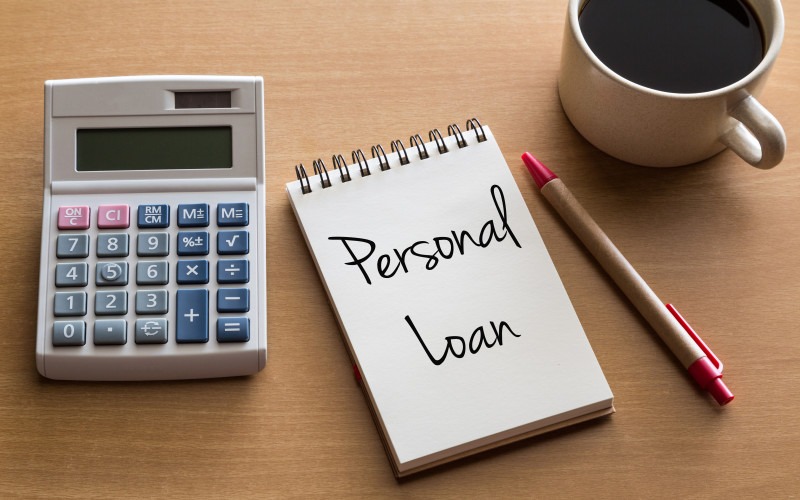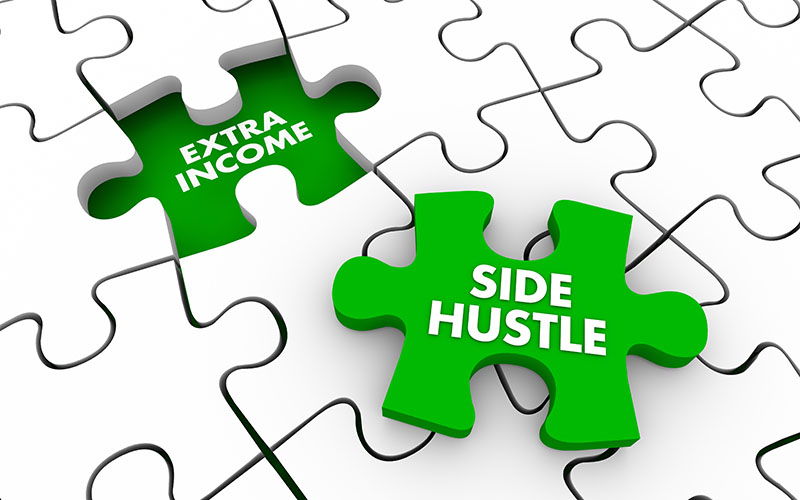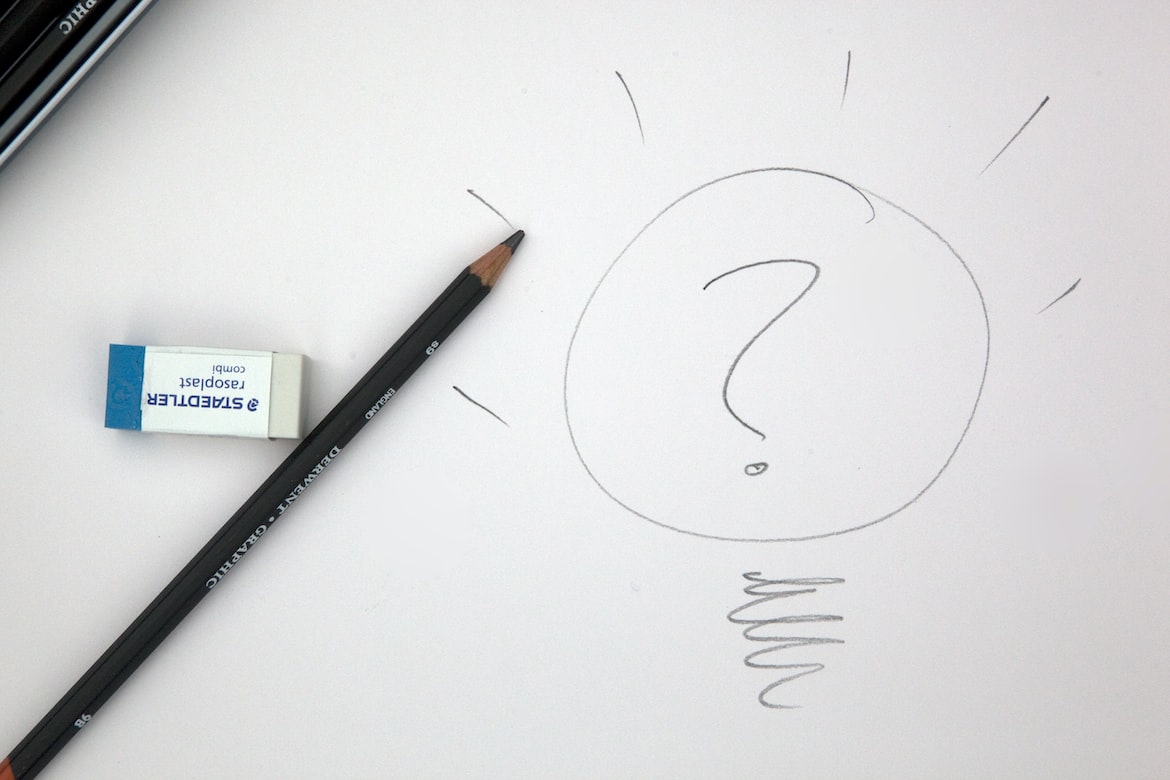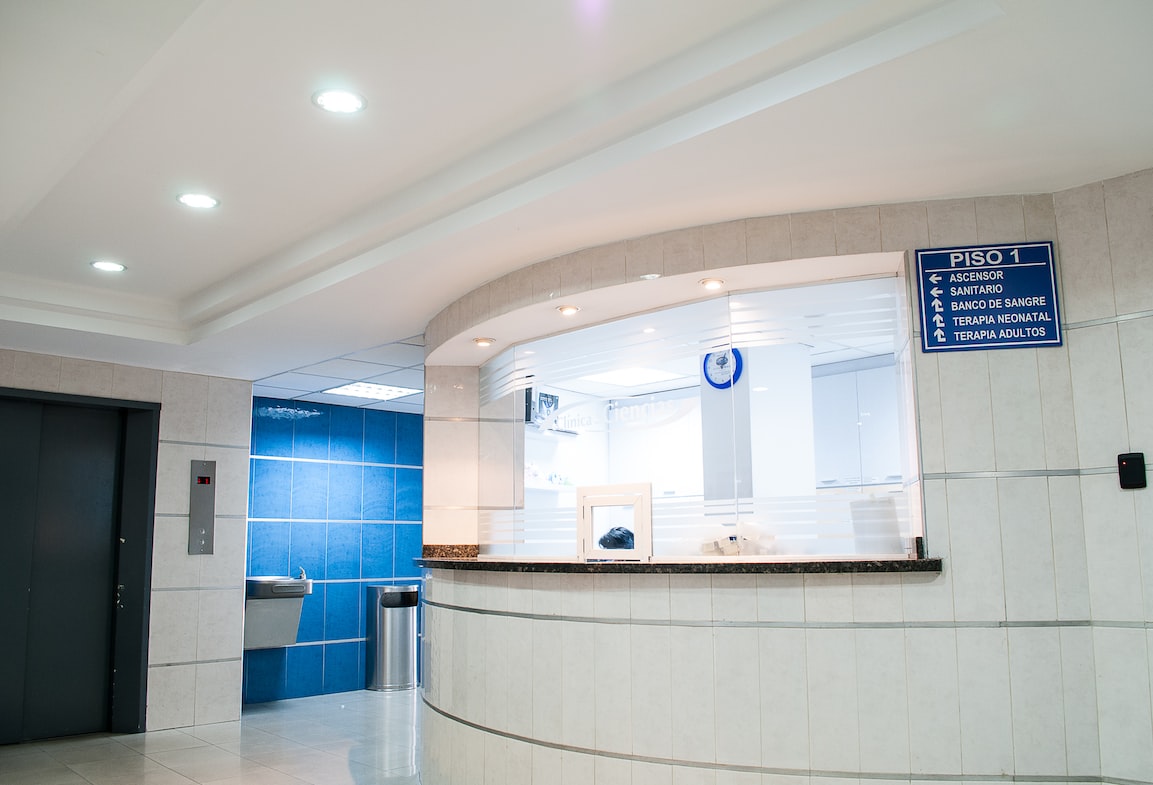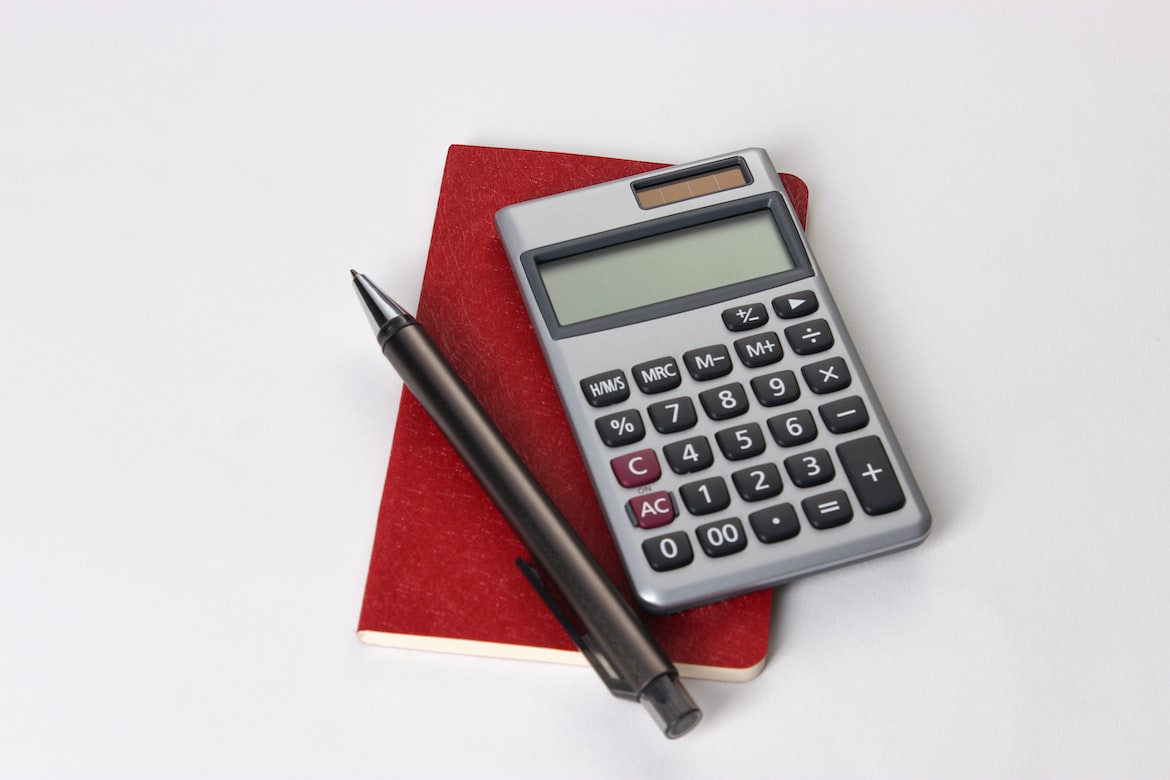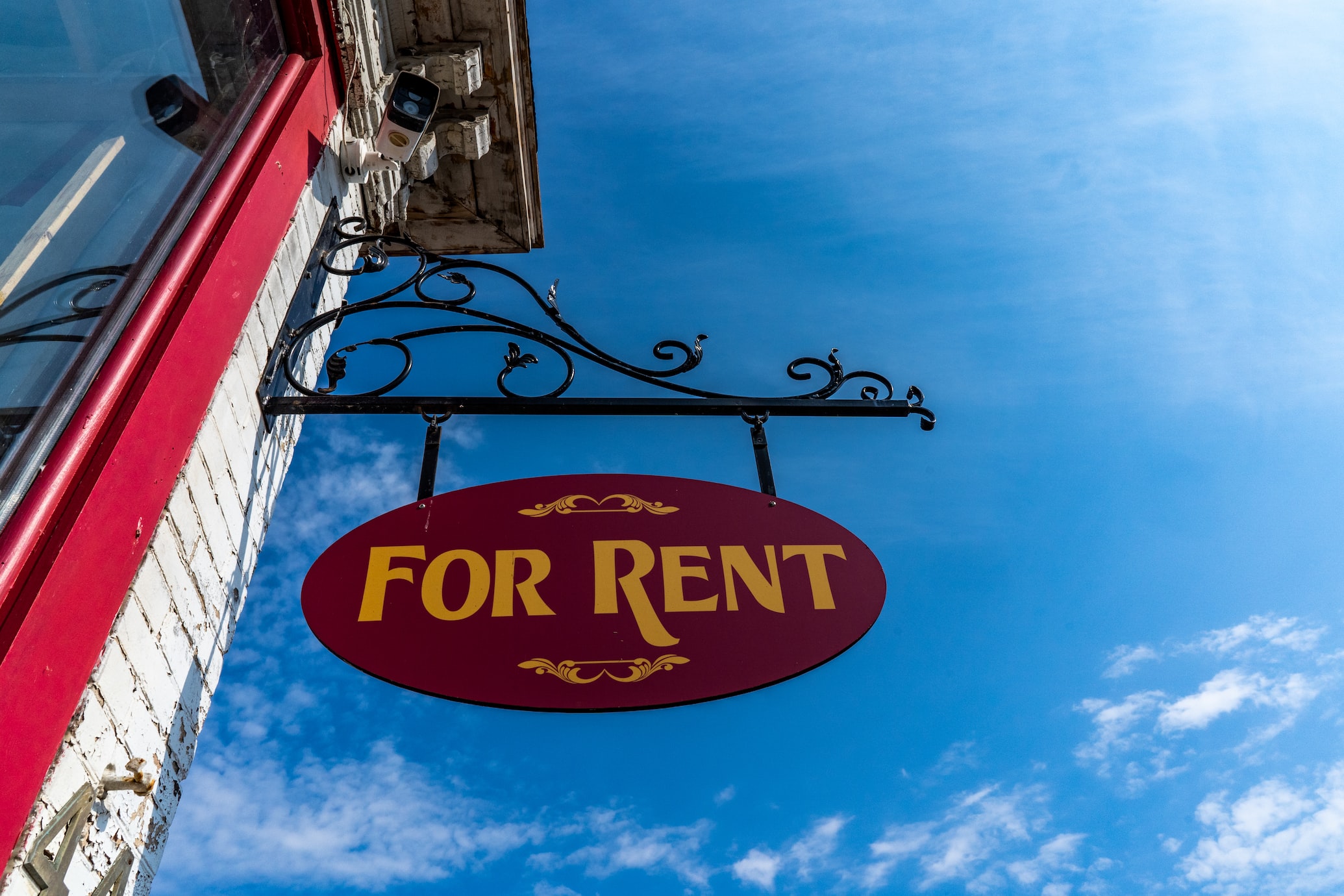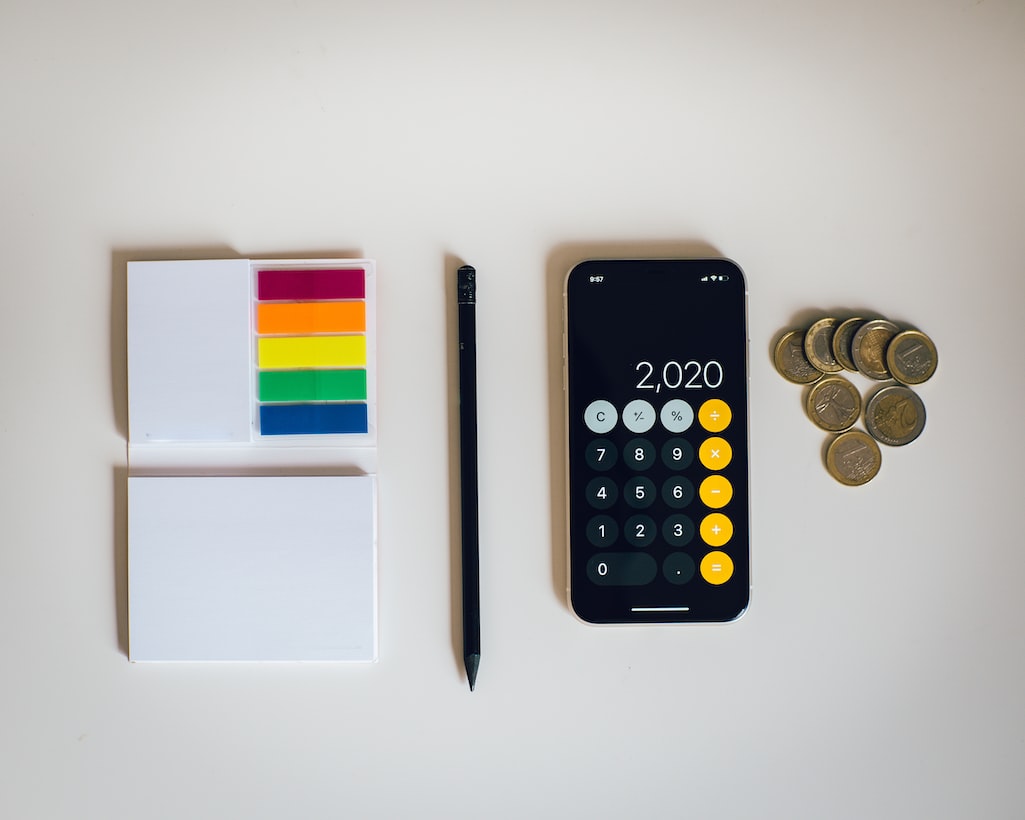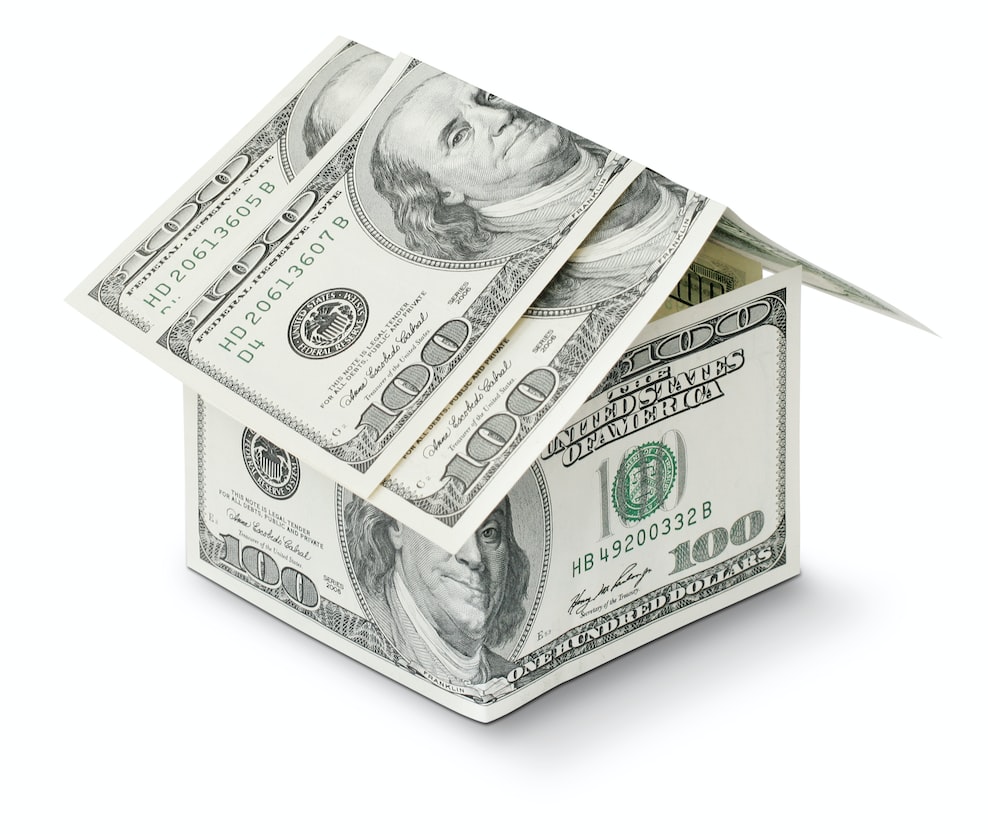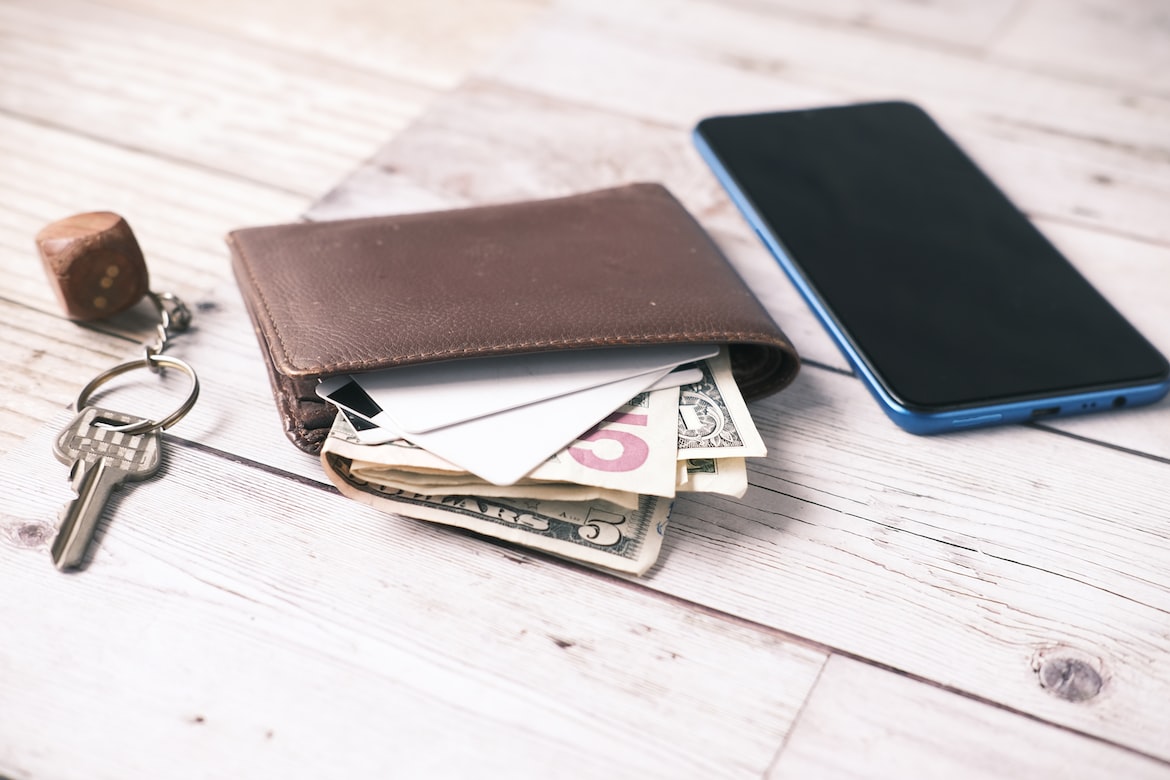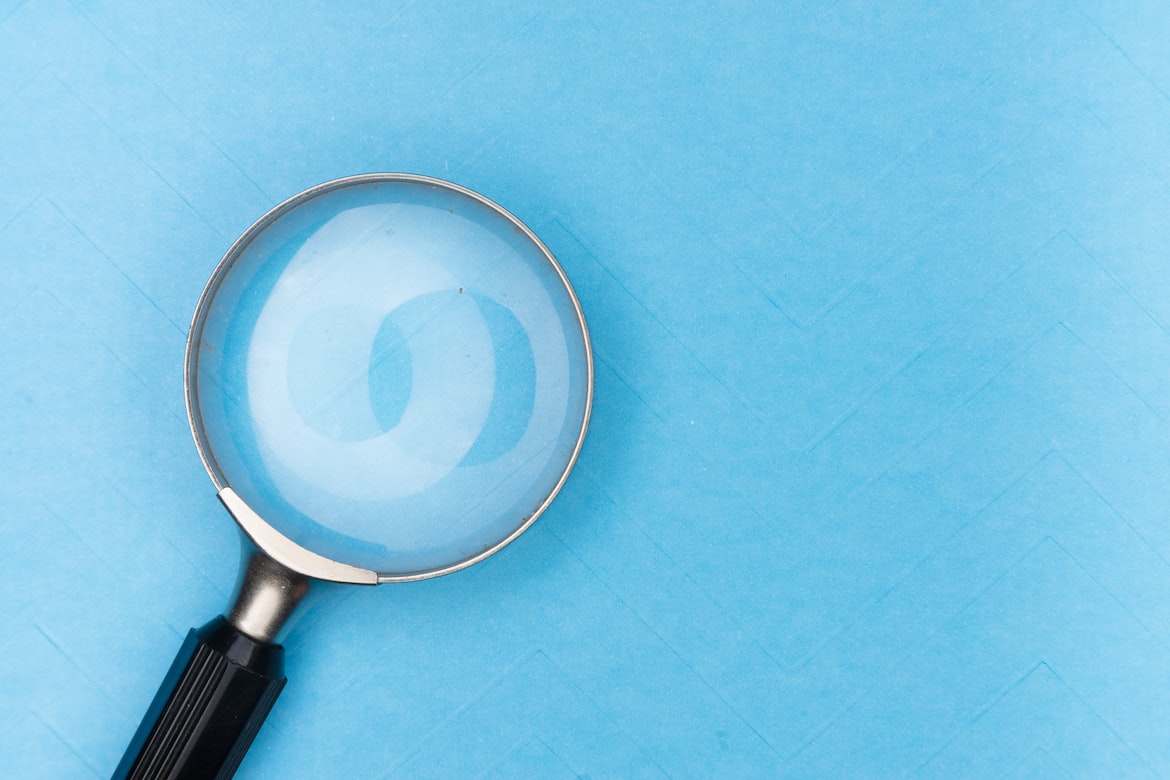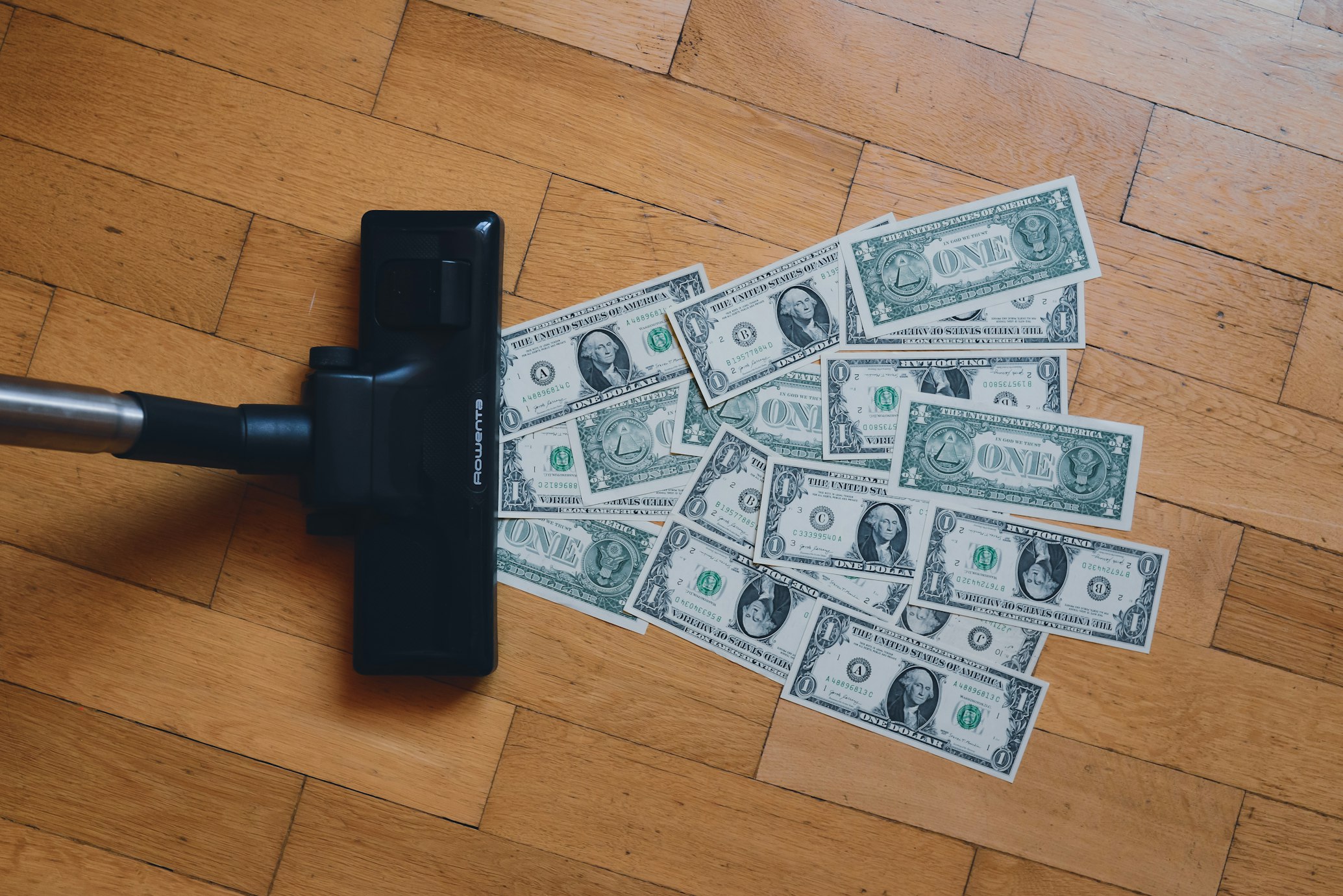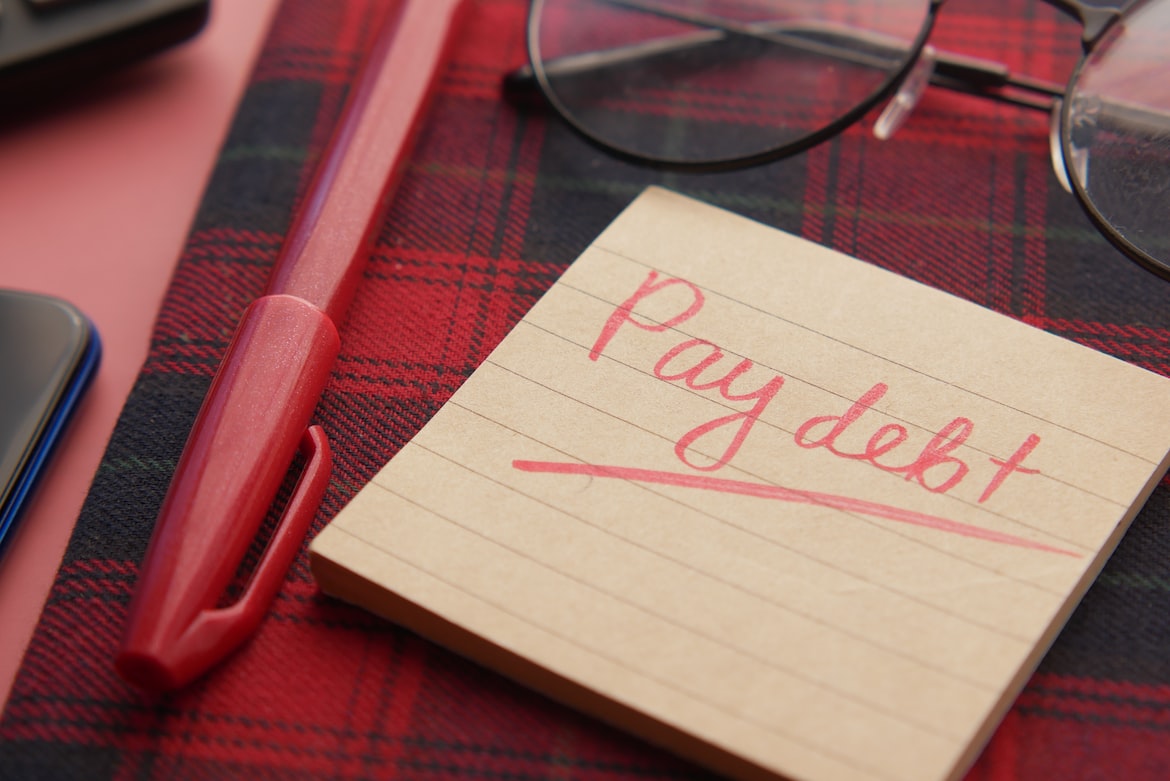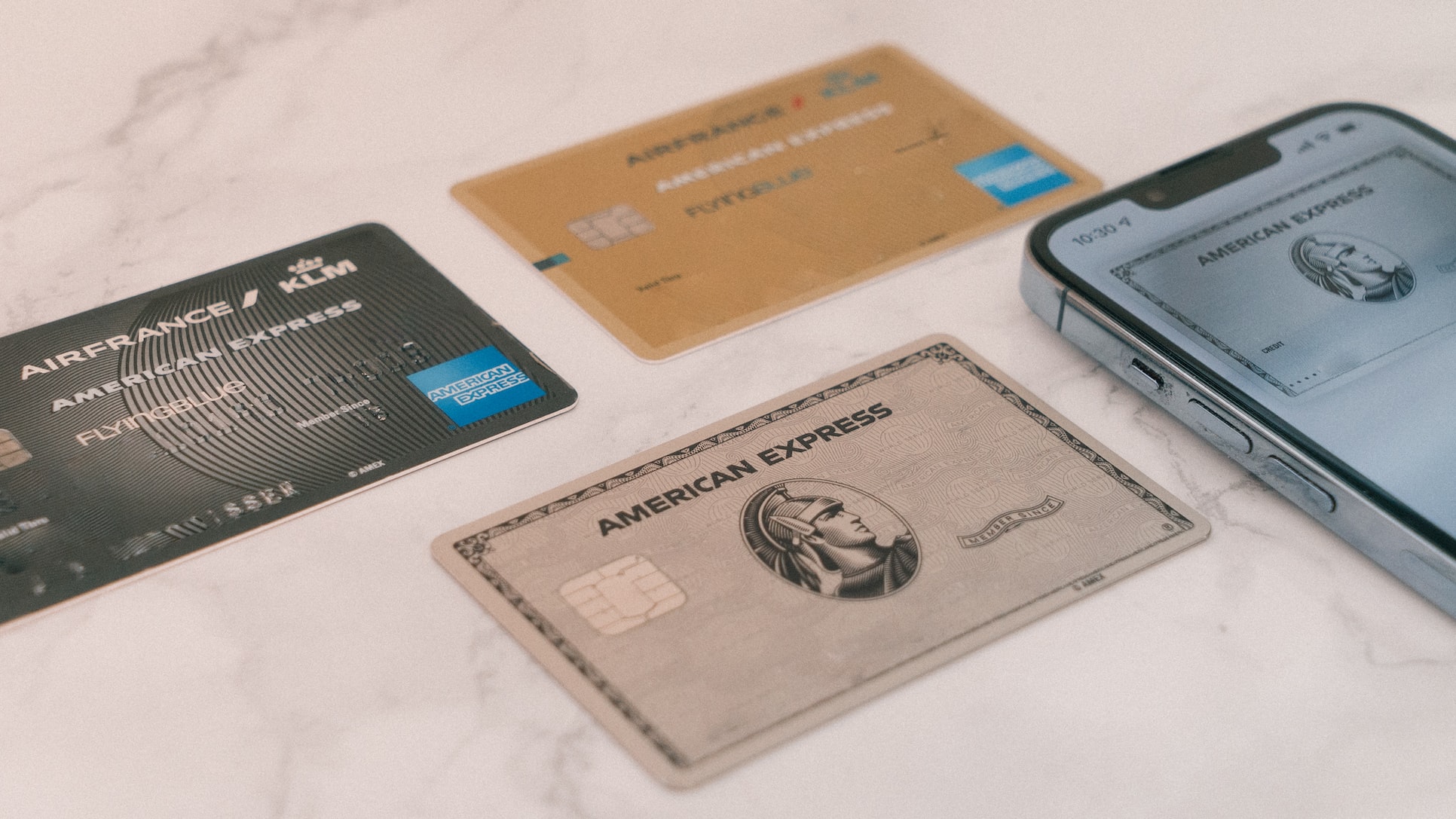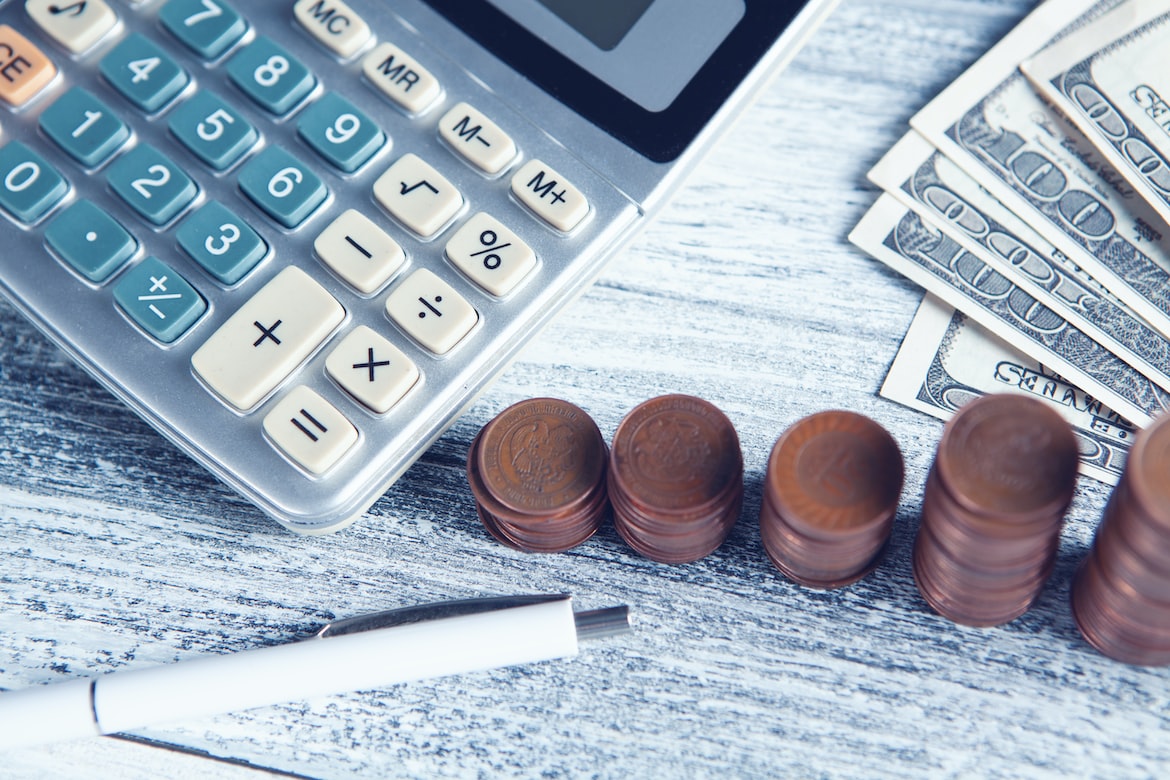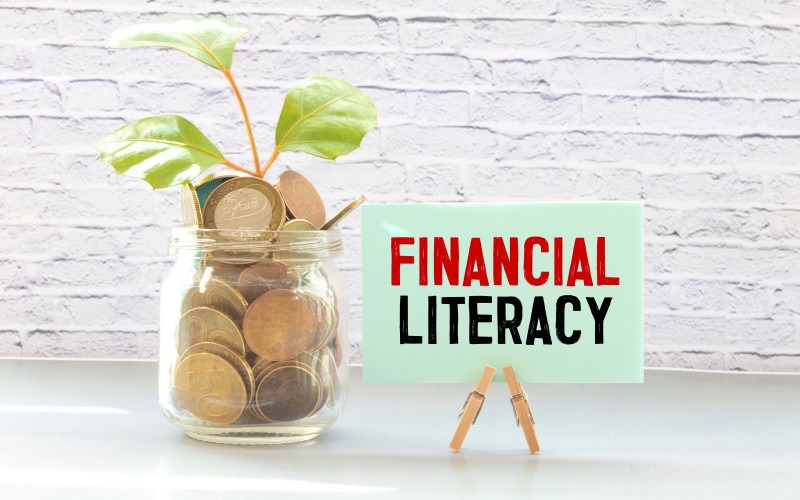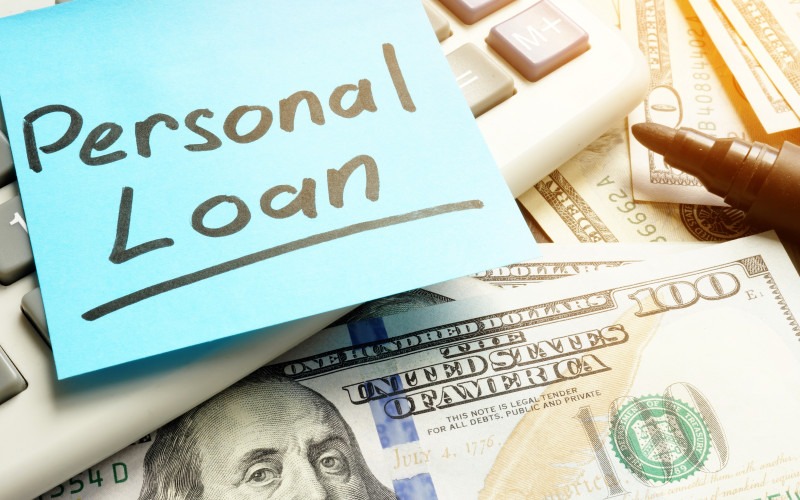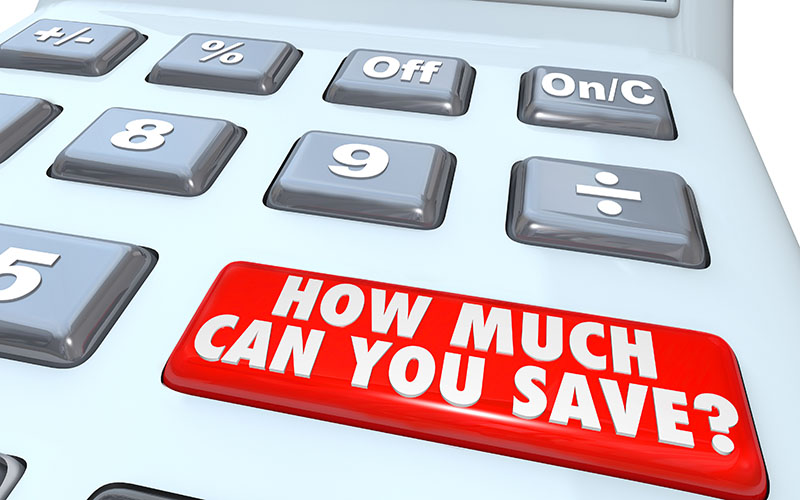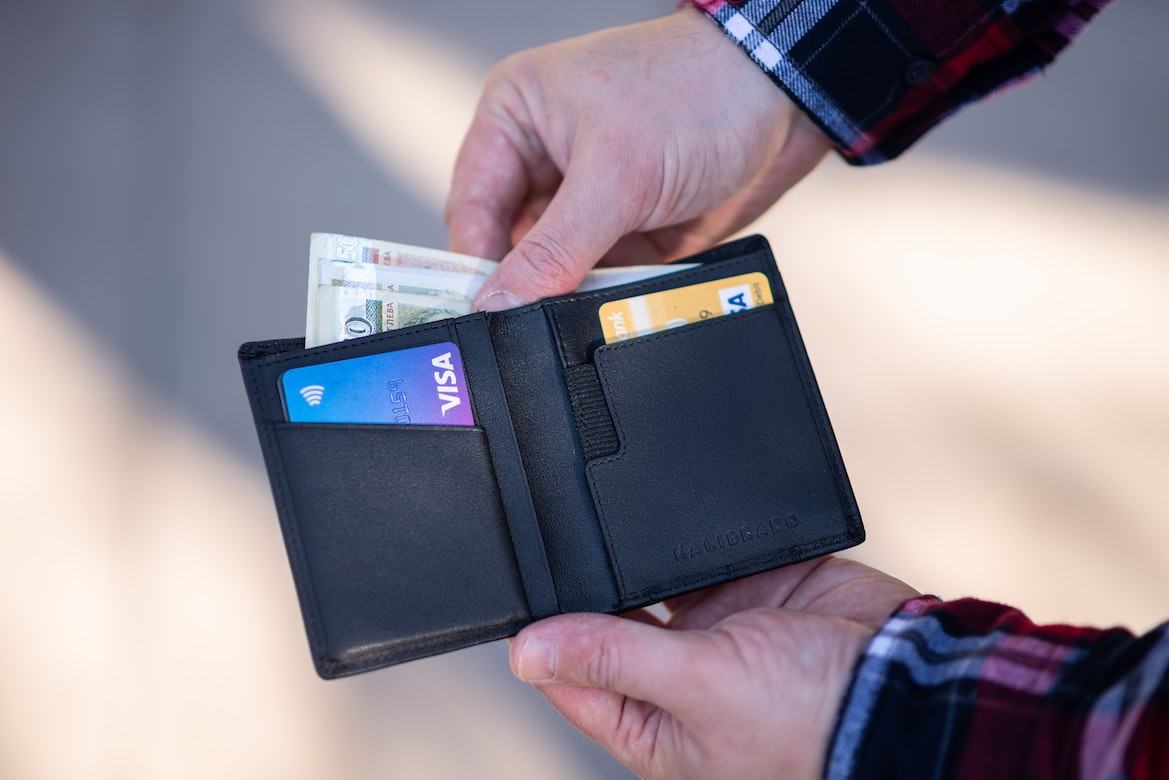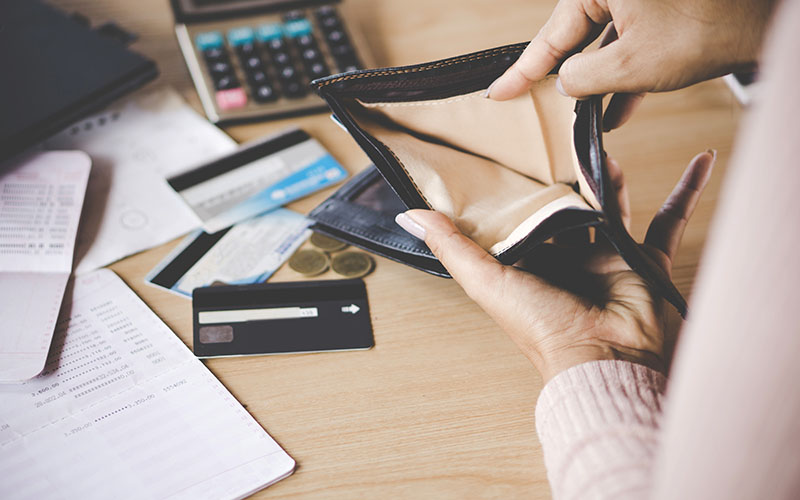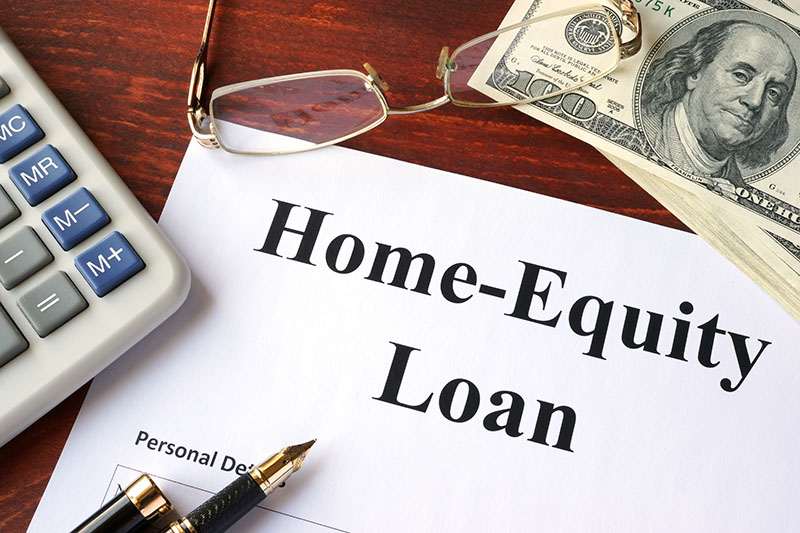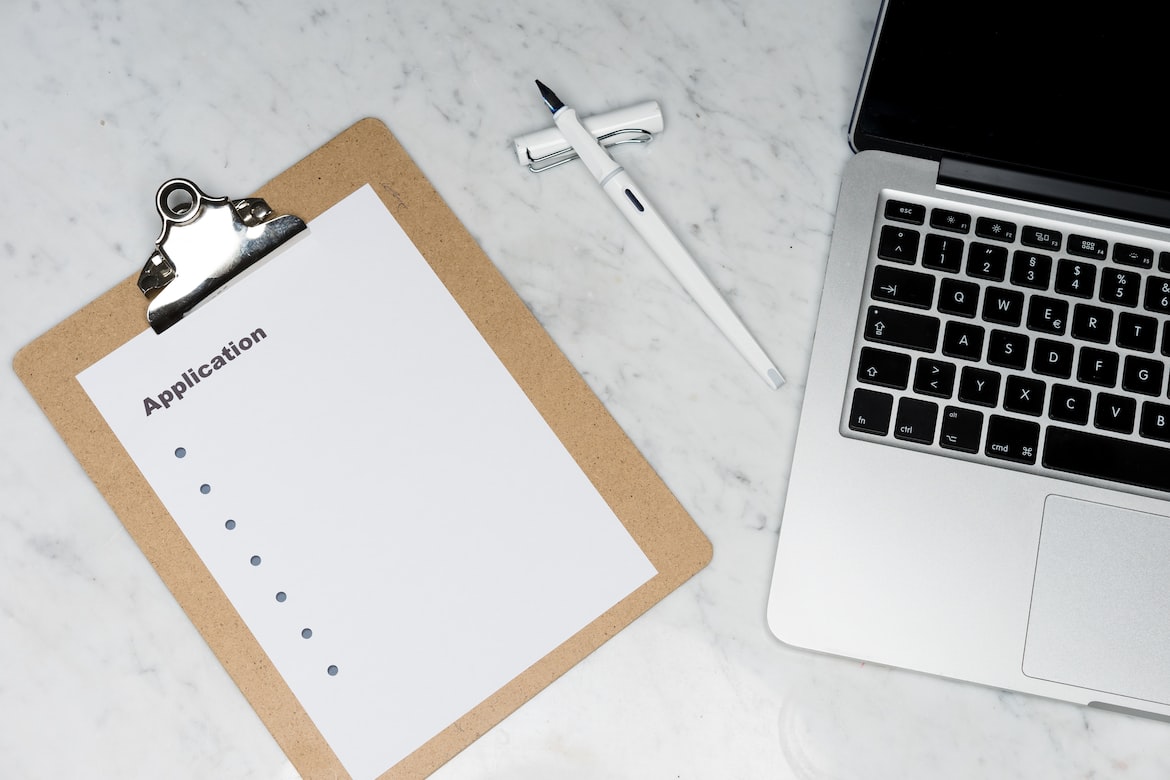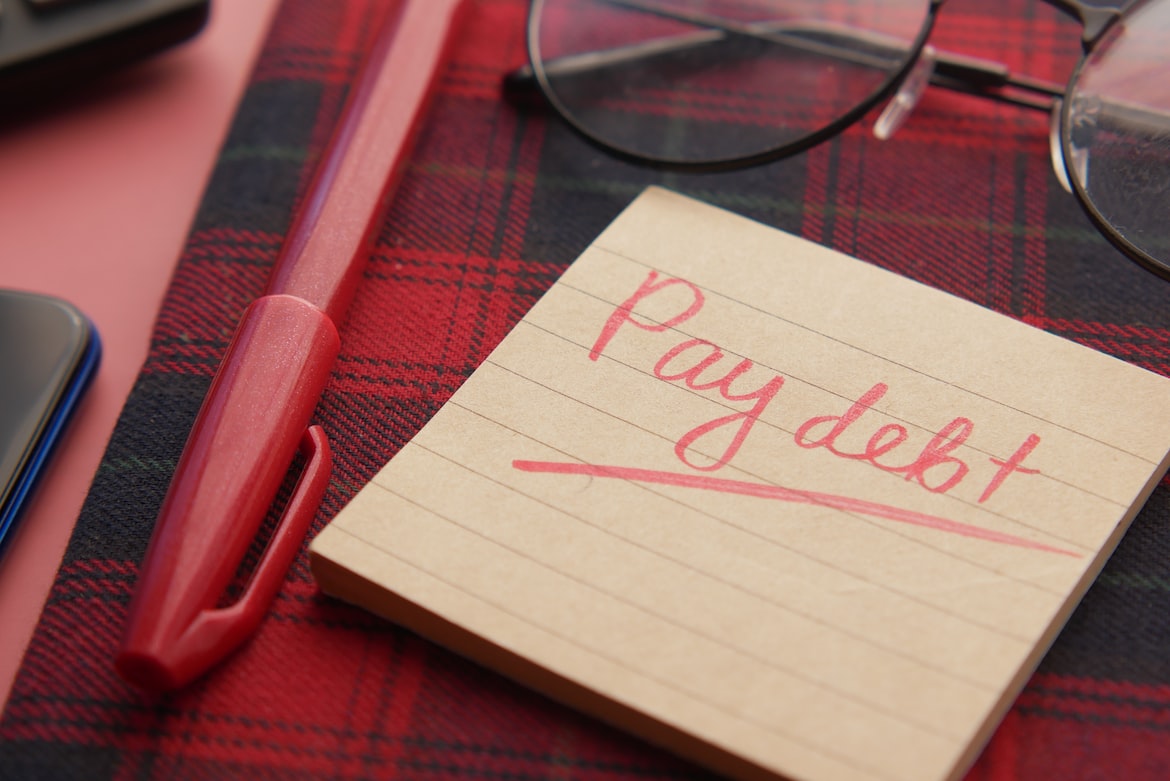Understanding Loan Forgiveness Programs for Personal Loans
Key Takeaways
- Most loan forgiveness programs benefit borrowers who have active federal student loans
- There are still many ways you can alleviate your loan burdens if you have personal loans, including: negotiate for extended and more lenient loan repayment terms, ask your lender for a temporary deferral or pause on payments, consolidate your debt for more favorable terms, settle the debt at a reduced amount, and ontact a non-profit organization that offers free financial counseling services
- While loan forgiveness can decrease your debt burden, it can also affect your credit and tax returns
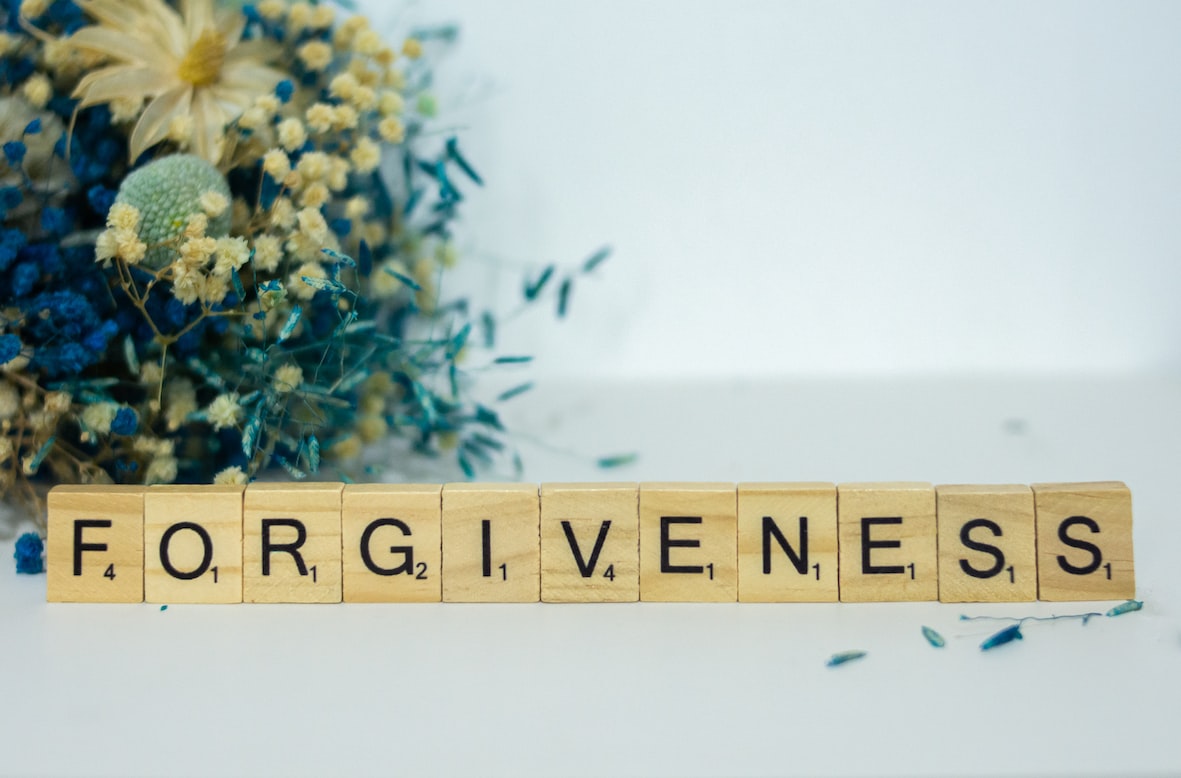
Personal loans offer plenty of flexibility and possibilities, allowing individuals to finance large purchases, handle emergencies, and meet goals. However, they can create debt that takes years to eliminate, and the minimum monthly payments can pose a financial challenge. With the help of loan forgiveness programs, you might be able to reduce your debt burden and gain other valuable benefits.
In this guide, we will highlight how loan forgiveness programs work for personal loans, as well as their key benefits and risks.
Loan forgiveness programs - definition and types
Loan forgiveness programs are designed to offer relief to borrowers. Traditionally, these initiatives are associated with the education and public sectors, but they can also help personal loan borrowers. As long as you meet the eligibility requirements outlined by the lender, you can qualify for debt forgiveness.
Debt forgiveness programs vary in terms of how much debt they forgive and who is eligible. Some forgive the entire outstanding balance of your loans, whereas others only forgive a portion. Either way, this loan forgiveness can go a long way in alleviating your debt burden and easing stress.
Loan forgiveness programs typically help borrowers with unsecured debt. That means that you did not back the debt with any collateral assets. Common examples of unsecured debts include personal loans, student loans, and credit card balances.
Personal loan forgiveness programs
In some circumstances, lenders will agree to settle the debt. This typically requires you to reach out to the lender and negotiate the settlement terms.
Another option is that your lender might be willing to grant you temporary debt relief. Often, this means more lenient repayment terms or a loan deferral, which pauses your payments for a set amount of time. This alleviates your debt burden and allows you to deal with other hardships you might be facing so that you won’t be overwhelmed by the loan debt.
Student loan forgiveness programs
If you took out a federal student loan, there are many loan forgiveness options available. While each program has its own requirements and conditions, they offer much-needed debt relief to those who do qualify.
Some programs will forgive the entire outstanding balance of the student loans, whereas others will pay off a portion.
Credit card debt relief
While most creditors will not forgive credit card balances, some are willing to settle your balance at a reduced amount and forgive the rest. In general, you can’t eliminate your credit card debt unless you pay it.
Employer-based debt relief
Some employers offer loan forgiveness as a benefit. Check your employer’s list of requirements to see if you are eligible.
Medical debt relief
Nonprofit hospitals extend financial assistance and charity to low-income patients who are overwhelmed by medical debt. You can expect to write a letter that explains your situation and needs before you obtain medical debt relief. You may also need to provide documentation that verifies your income level.
Tax debt relief
If you demonstrate that you cannot pay your tax bill without enduring financial hardship, you may want to file for tax relief. The IRS offers payment plans for short-term and long-term tax debt relief.

Federal loan forgiveness programs
The federal government offers several debt forgiveness programs. However, the major programs may not be able to assist you with your personal loans, since federal programs focus on student loans in particular.
Public Service Loan Forgiveness (PSLF)
The Public Service Loan Forgiveness (PSLF) program allows those who have worked in the public service sector for ten years to cancel all of their student debt canceled, as long as they meet the eligibility requirements. You can find complete details about the PSLF at StudentAid.gov/publicservice.
If you don’t have Direct Loans, you might need to consolidate your federal loans in order to qualify for the PSLF program.
Teacher Loan Forgiveness (TLF)
The Teacher Loan Forgiveness (TLF) forgives up to $17,500 of your eligible loans if you are a teacher who meets the TLF requirements. To qualify, you need to have:
- Employed as a full-time teacher for five complete and consecutive academic years at an eligible school
- At least one of the years fulfilling the requirements needs to be after the 1997-98 academic year
If your loan balance for student loans amounts to $17,500 or less, the TLF program might be better for your situation than the PSLF program.
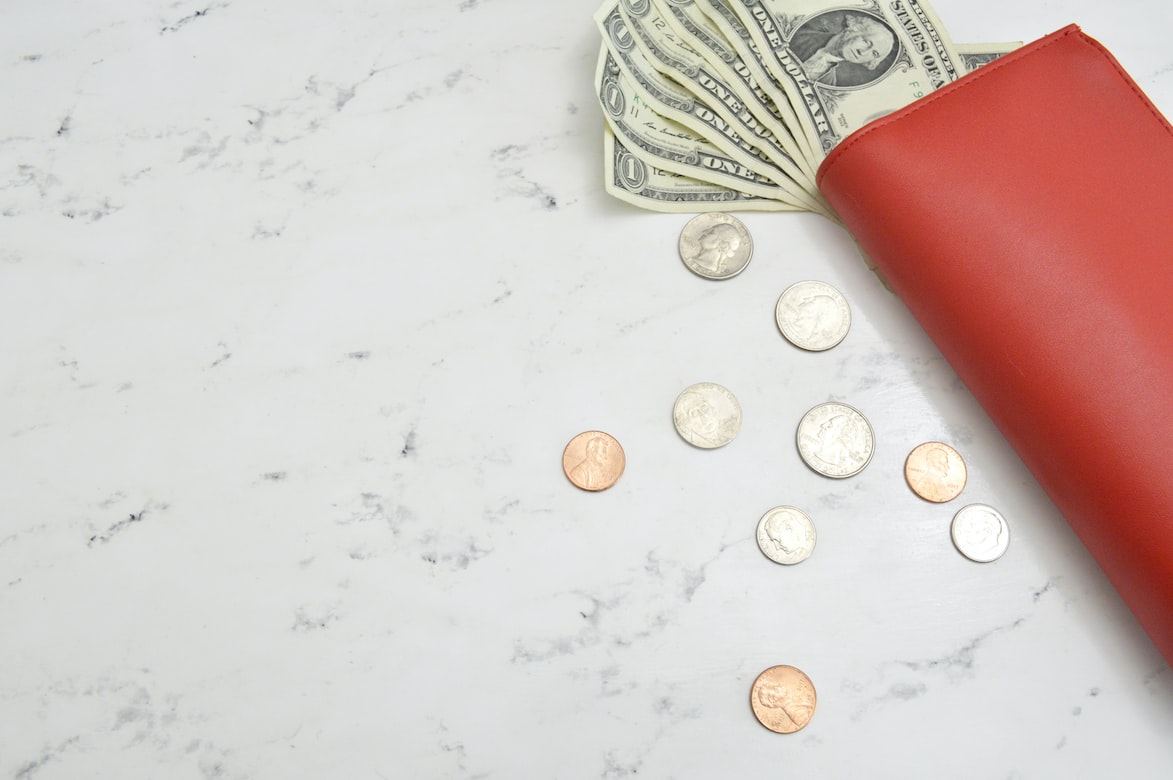
State and private loan forgiveness programs
Similar to federal programs, most state-sponsored and private loan forgiveness programs do not focus on helping borrowers with their personal loans. However, it is possible to find financial assistance programs that help you with personal loan debt relief. Some private lenders also offer their own loan forgiveness options to eligible borrowers.
Here are a few loan forgiveness options that may be able to help you find debt relief for your personal loans.
1. Hardship-based programs
If you are struggling in times of economic hardship, you might be able to obtain temporary debt relief measures from your lender. Common examples include:
- Interest rate reductions
- Payment deferrals
- Extended repayment terms
2. Nonprofit and community organizations
Many nonprofit and community groups are happy to provide assistance to those who are facing hardship and financial challenges. They offer various counseling services that can help you better manage your debt, create effective repayment and budgeting plans, and more.
3. Debt settlement
Lenders might be willing to settle your debt for a reduced amount of repayment. This means that instead of defaulting on the loan or declaring bankruptcy, you would negotiate with your lender for a debt settlement.
While settling debt can still hurt your credit score, it may be a preferable option to bankruptcy and loan default. It also helps you avoid your debt being sold to a collections agency. This is advantageous because collectors might sue you and take you to court, resulting in various long-lasting financial consequences.
4. Bankruptcy
Finally, some borrowers might want to consider filing for bankruptcy, which could relieve them of their personal loans. However, it is important that you take into account all the legal and financial consequences of declaring bankruptcy and this should only be a last resort. A bankruptcy typically stays on your credit report for seven years. It also makes it exceedingly difficult to get approved for any credit extensions or personal loans.

Loan forgiveness for specific professions
Certain professions can qualify for loan forgiveness programs and initiatives that are specifically tailored to them. Since many loan forgiveness programs can take several years’ worth of dedicated, eligible work, it is advisable to research your options as early as you can.
Healthcare professionals
Healthcare workers may be eligible for loan forgiveness programs, such as:
- Public Service Loan Forgiveness (PSLF)
- PSLF Limited Waiver Opportunity
- Income-Driven Waiver Opportunity
If you work in the healthcare industry, check your eligibility so you can properly plan for debt forgiveness.
Lawyers
Student loan forgiveness programs mainly benefit lawyers who are public defenders and prosecutors. They serve low-income clients and typically earn low salaries. You might be able to qualify for Perkins loan forgiveness or PSLF.
Educators
Teachers who have federal student loans can benefit from various targeted loan forgiveness options. If you are an educator, it is essential to see whether the school you work at enables you to be eligible for debt forgiveness.
- PSLF
- Teacher Loan Forgiveness
- State-sponsored student loan forgiveness programs
- Perkins loan cancellation
)
Loan forgiveness for income-driven repayment plans
Income-driven repayment (IDR) plans are designed to help make student loan debt more manageable. The benefits vary based on your income and family size, so your spouse’s information can affect your plan details.
A significant advantage of income-driven repayment plans is that after a designated period of time, your student loan debt will be forgiven. Many IDR plans will forgive your remaining loan balance after your plan has been active for 20 or 25 years. Some plans will forgive your student loan debt within a decade.
You will need to apply for an IDR plan on StudentAid.gov/idr to see whether you are eligible for creating a plan. The online loan application is quick and convenient. For your application form, you will need to provide:
- A verified FSA identification
- Financial information
- Personal information
- Spouse’s information (if applicable)

Qualifying payments and eligibility
Many loan forgiveness programs require you to first make a particular number of qualifying payments for eligibility. For example, you might need to have already made 100 payments before you can be approved for loan forgiveness.
The conditions regarding qualifying payments can vary greatly between programs, so it is crucial to check the eligibility terms of your desired forgiveness program before you work toward a loan forgiveness plan.
Here are the common factors that can influence your eligibility status:
- Consistency: You may need to make payments regularly and on time before they can be counted as qualifying.
- Total number of payments: Some programs require you to exceed a certain number of payments to become eligible.
- Timeliness: If you miss a payment or make a late payment, it may not count toward your loan forgiveness eligibility requirements.
- Documentation: It is a good idea to retain records of your qualifying payments. Keep any documentation of your payment history, such as your bank or loan statements, so that you can provide proof when necessary.
The application process and timelines
If you are applying for loan relief or forgiveness, it is essential that you understand the timelines and adhere to any deadlines. Prepare the information and documentation that you need to provide ahead of hand so that you can efficiently run through the application process. Review your form to see that you have filled it in completely and accurately. Any inaccuracies can result in delays.
After you meet the eligibility requirements and have applied for the program, there will be a processing period. This can take several months.
Some long-term debt relief programs will require you to undergo annual reviews. These involve confirmation that you are still eligible for debt relief.

Loan forgiveness and tax implications
If your loans are forgiven, those amounts may impact your taxes. For personal loans, if a portion or the entirety of the debt is forgiven, that amount might be considered taxable income for the tax year during which the forgiveness took place.
This means that if you had $5,000 of your loans forgiven, you might need to report that $5,000 as taxable income on your tax return. This can increase the amount of taxes you need to pay in that year.
Certain exclusions mean that the forgiven amount won’t need to be reported as taxable income. If it is tax season and your loans were forgiven, make sure you research whether your type of loan forgiveness impacts the way you do your taxes.
Here are some points to keep in mind when planning for potential tax liabilities related to forgiven loan debt:
- Set aside more savings for the extra taxes you will need to pay this year
- Consult a tax professional to see how your forgiven loans will be treated
- Review and include your 1099-C, which your lender may have sent you after the debt forgiveness

